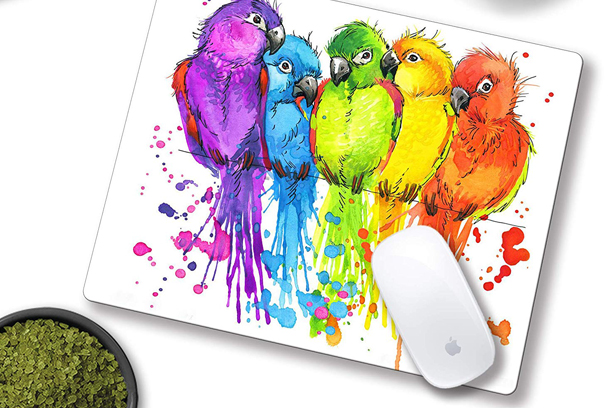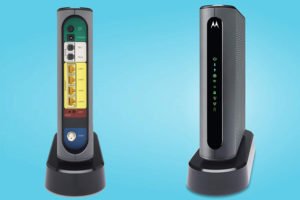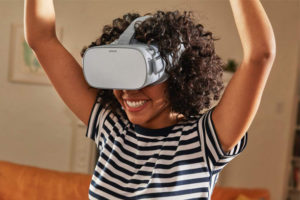Best Gaming Mouse Pads Buying Guide
From the multiplayer political agitation of Overwatch to the adroit single-player adventures of The Witcher, an uncommon gaming PC can be your first and last stop for digital diversion. On the off chance that you will contribute $50 or more the best gaming mouse, it couldn’t harm to plunk down only to some degree more for the best gaming mouse cushion to go with it. While mouse cushions aren’t the inside and out need they were back in the hours of ball mice, notwithstanding all that they give a pleasant, streamlined surface that won’t destroy your mouse or get it too squalid after some time. Of the models I attempted, I favored the Turtle Beach Drift the best. It’s honest, rich and, best of all, humble. In any case, models from Razer, SteelSeries and Corsair attempted similarly well.
What to Look For?
Before you buy a gaming mouse pad, you should know that you may not need one. Most modern gaming mice possess a feature known as surface calibration. Using this feature, the mouse’s sensor will detect what kind of surface you’re playing on and adjust its feedback accordingly. As such, practically any surface can be the best gaming mouse pad.
When hunting for a mouse pad, there are only a few major factors to keep in mind: material, thickness and size. Some companies, such as SteelSeries, offer sizes ranging from mini (9.8 x 8.3 inches) to XXL (36 x 18 inches), which suit gamers who either have limited desk space or play at very low dots-per-inch (DPI) sensitivities and need much more space than the average user. Other users prefer enormous mouse pads so that they can rest their keyboards on them as well.
Other mouse pads, like the Razer Firefly, are unlike anything else on the market, and combine expensive electronics with otherwise-simple pads. No matter which one you pick up, you might want to consider using a wrist rest as well; gaming mouse pads facilitate the movement of mice, and aren’t generally thick enough to make your wrist significantly more comfortable than it would be if you were to rest it on your desk.
Charging Mouse Pads
The Logitech PowerPlay system introduced a new kind of mouse pad: one that charges mice as you use them. Razer followed suit with the Mamba Hyperflux. We don’t recommend either system without some caveats, but they’re worth looking into if you insist on wireless setups.
How We Test Gaming Mouse Pads?
Mouse pads usually require no setup (save for ones with electronic components, like the Razer Firefly). Just flop them down on your desk, straighten them out and you’re done. As such, the only thing we evaluate is how well they perform in-game.
To test a mouse pad’s game performance, we run it through a number of different games including first-person shooters, real-time strategy titles and massively multiplayer online experiences to get a feel for it across different genres.
Do You Really Need a Mouse Pad?
As discussed above, mouse pads are not as vital as they once were. On mice with surface tuning, a mouse pad is often ancillary, especially if you have a smooth, even, resilient surface underneath. Wooden desks can stand up to most mice, as can formica, stone, and other opaque materials.
On the other hand, if you play competitive games or are simply rough on your mouse you could damage either your peripheral or the surface underneath it. In cases like this a $10 mouse pad could save you from having to sink hundreds into a new desk. In my experience, the average mouse and desk surface are totally harmless to one another, but a good gaming mouse can last for years. If you’re going to invest $80 in a top-of-the-line peripheral, another $10 or $20 will not hurt in the grand scheme of things.




